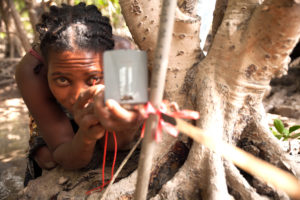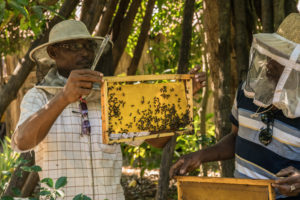Globally, hundreds of millions of coastal people rely on mangrove forests for food security, fuel and livelihoods. The vast majority of these people are living in low-income countries in Asia and West and Central Africa.
Mangrove fisheries, particularly high value species such as shrimp and crab, are a lifeline for families and economies, and underpin food security for entire nations.
Mangroves are productive tropical coastal ecosystems, though historically they received bad press – dismissed as swampy wastelands of little value. Making up less than 1% of tropical forests worldwide, some mangroves store six times more carbon than an equal area of Amazonian rainforest!
Our mission is urgent and critical

20%
(3.6 million hectares) of mangroves
were lost between 1980 and 2005.

10%
of global emissions from deforestation comes from mangroves deforestation, further worsening climate change.

30-50%
decline in global mangrove cover in the last 50 years, with mangroves predicted to disappear altogether in the next 100 years.
Despite their huge importance to people, the global rate of mangrove loss is 3-5 times greater than the rate of loss for all other forests.
At least a quarter of the world’s original mangrove cover has already disappeared.
Many people who depend on mangroves are living in conditions of extreme poverty. Aside from mangrove resource harvesting and small-scale fisheries, coastal communities in low-income countries often have very few economically viable livelihood options.
People often have no choice but to use mangroves unsustainably, despite suffering the long term impacts of mangrove deforestation.

What's driving mangrove loss?

Why protect mangroves?
These ‘blue forests’ provide huge benefits for people and the environment that are worth an estimated US$33-57 thousand per hectare per year to the national economies of low income countries with mangroves.




Fisheries
Mangroves provide shelter and food for many important seafood species.
Resources
Important source of timber, fuelwood, food, medicinal plants.
Climate regulation
Mangroves are highly effective long-term carbon stores.
Protection
Mangroves provide protection against storm surges, coastal erosion and coral reef sedimentation.
Health and wellbeing
They are of great importance for ecotourism, recreation, education and scientific research.
A holistic solution
1. Blue Carbon financing and forestry management
By monetising the carbon storage value of mangroves through the generation of carbon offsets, we can finance community-led mangrove conservation, restoration and management.
In collaboration with mangrove-dependent people, we are developing frameworks for the sustainable use of mangroves, acquiring secure land tenure for communities, establishing robust monitoring and enforcement, and building local capacity in resource management and governance.
2. Fisheries management and improvement
We are working with coastal communities to manage and improve mangrove fisheries to provide viable alternative livelihoods to help reduce reliance on destructive mangrove logging and aquaculture practices. By integrating sustainable fishing practices and the eco‐certification of fishery products, we are building communities’ long‐term financial capacity to participate in sustainable mangrove fishery management and run fisheries‐based businesses.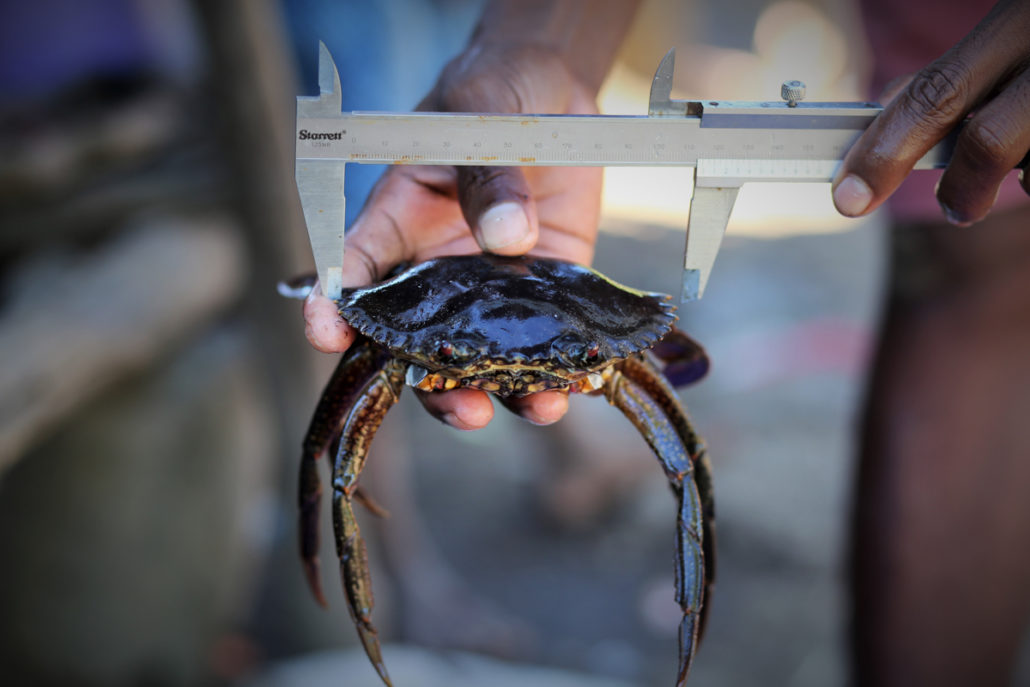
3. Livelihood diversification
The world’s tropical coastlines offer significant commercial opportunities for livelihood improvement and diversification. Blue Ventures engages closely with key stakeholders across the ‘blue growth’ sector, including partners in carbon finance, impact investing, fisheries eco-certification agencies and seafood supply chains. By working with responsible commercial partners, we ensure that there are viable and improved livelihood opportunities for local people to help offset the opportunity costs they must bear through conservation. In turn, these partnerships provide long-term incentives for communities to continue with sustainable management.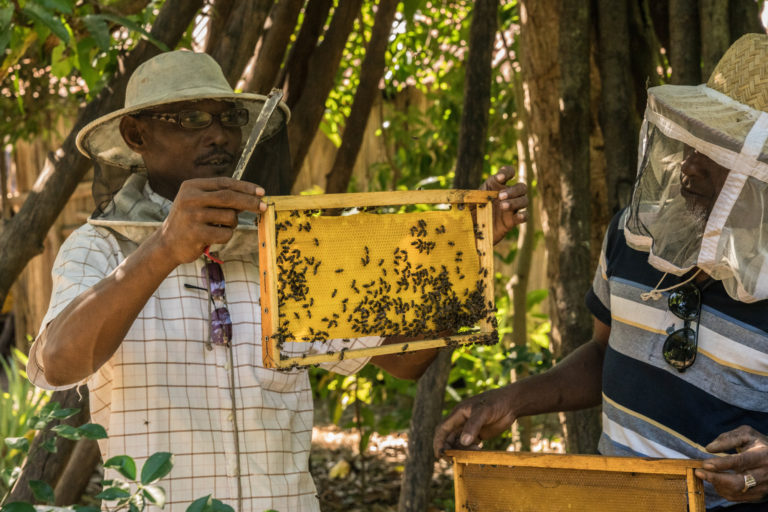
One of the alternative livelihood initiatives supported by Blue Ventures is apiculture Find out more >
4. Community health and women’s empowerment
Poor health and higher than desired fertility rates resulting from lack of access to basic health and family planning services significantly restrain the ability of communities to engage in sustainable marine resource management.
Investing in the health and nutrition of coastal people through Blue Ventures’ PHE model enables couples to choose the number and spacing of their births, while equipping communities with the skills they need to manage their resources sustainably.
This holistic approach also generates additional benefits, such as the increased engagement of women in local management efforts. Increasing access to family planning services improves maternal and child health outcomes, allows girls to delay their first pregnancy until after they have completed their education, and affords women more opportunities to become economically active.
Case study: Tahiry Honko – protecting mangroves in southwest Madagascar
Our Tahiry Honko project is the first carbon sequestration project in Madagascar based on a mangrove ecosystem.
It is designed to earn carbon credits through the conservation and restoration of over 1,200 hectares of mangrove surrounding the Bay of Assassins in the southwest region of Atsimo Andrefana and aims to sequester around 14,000 tons of CO2 per year.
Benefits from the sale of carbon credits will accrue to ten villages, with a total population of approximately 4,000 residents in 895 households.
Scaling up
We are creating a community-led mangrove management model that can be replicated and scaled up, so that we can take the skills and experience gained in Madagascar and share them with our conservation partners around the world.
Read more...
Have a question?
